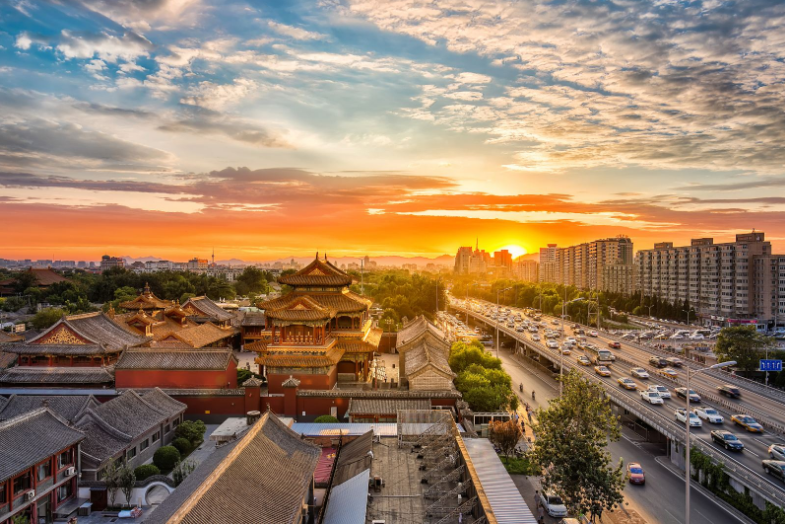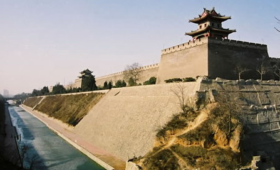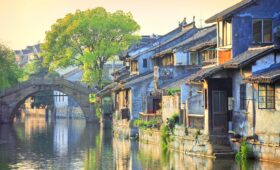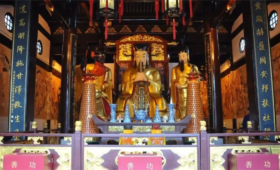The Yonghe Palace or Yonghe Temple,also known as the Lama Temple, is a Buddhist temple located in the Dongcheng District of Beijing, China.
It was built during the Qing Dynasty (1644-1912) and served as a residence for emperors before it was converted to a temple in 1744.
It covers an area of over 6 hectares and features several buildings,including halls, pavilions, and courtyards.
The temple is renowned for its beautiful architecture, which combines both Chinese and Tibetan styles,
and its cultural artifacts, including numerous Buddha statues, prayer wheels, and murals.
Today, the Yonghe Temple is a popular tourist attraction that attracts visitors from all over the world who come to admire its beauty and learn about Buddhism.
Visitors can explore the various halls and courtyards, watch traditional performances, or participate in Buddhist ceremonies.
The Yonghe Temple is a must-visit destination for anyone interested in Chinese religion, culture, and architecture.
The Hall of Harmony and Peace
The Hall of Harmony and Peace, known as Yonghegong in Chinese pinyin, is the main architecture of Yonghe Palace.
There are three bronze statues of the Buddhas of Three Ages: the statue of the Gautama Buddha (Buddha of the Present) in the middle,
the Maitreya Buddha (Buddha of the Future) in the left side and statue of Kasyapa Matanga (Buddha of the Past) in the right side.
The Hall of the Heavenly Kings (Tian Wang Dian or Devaraja Hall)
The Hall of the Heavenly Kings is located in the south tips of the whole palace.
It acted originally as the main entrance to the monastery.
There is a statue of the Maitreya Buddha standing in the center of the hall and four Heavenly Kings statues are arranged along the walls.
The Hall of the Wheel of the Law (Falundian)
The Hall of the Wheel of the Law is used for conducting religious ceremonies and reading scriptures.
There is a large statue of Je Tsongkhapa, who is a founder of the Geluk School.
This statue was made in 1924 and took two years to finish it.
The Five-Hundred-Arhat-Hill, a carving made of red sandalwood with statues of the arhats made from five different metals
(and tin, gold, copper, silver, iron,) is also sited in the hall. They are 5 meters high, 3.5 meters long and 30 cm wide.
The Hall of Everlasting Protection (Yongyoudian)
The Hall of Everlasting Protection was used for the living quarters and the study of Emperor Yongzheng as a prince and the place
where his coffin was placed after his death. Today, three Buddha statues stand in this hall,
which are 2.35 meters high and made from sandalwood.
The plane graph of it is T-shaped. There are 5 skylight windows at the top of the building,
five gold copper pagodas, as a traditional Tibetan architectural style.




